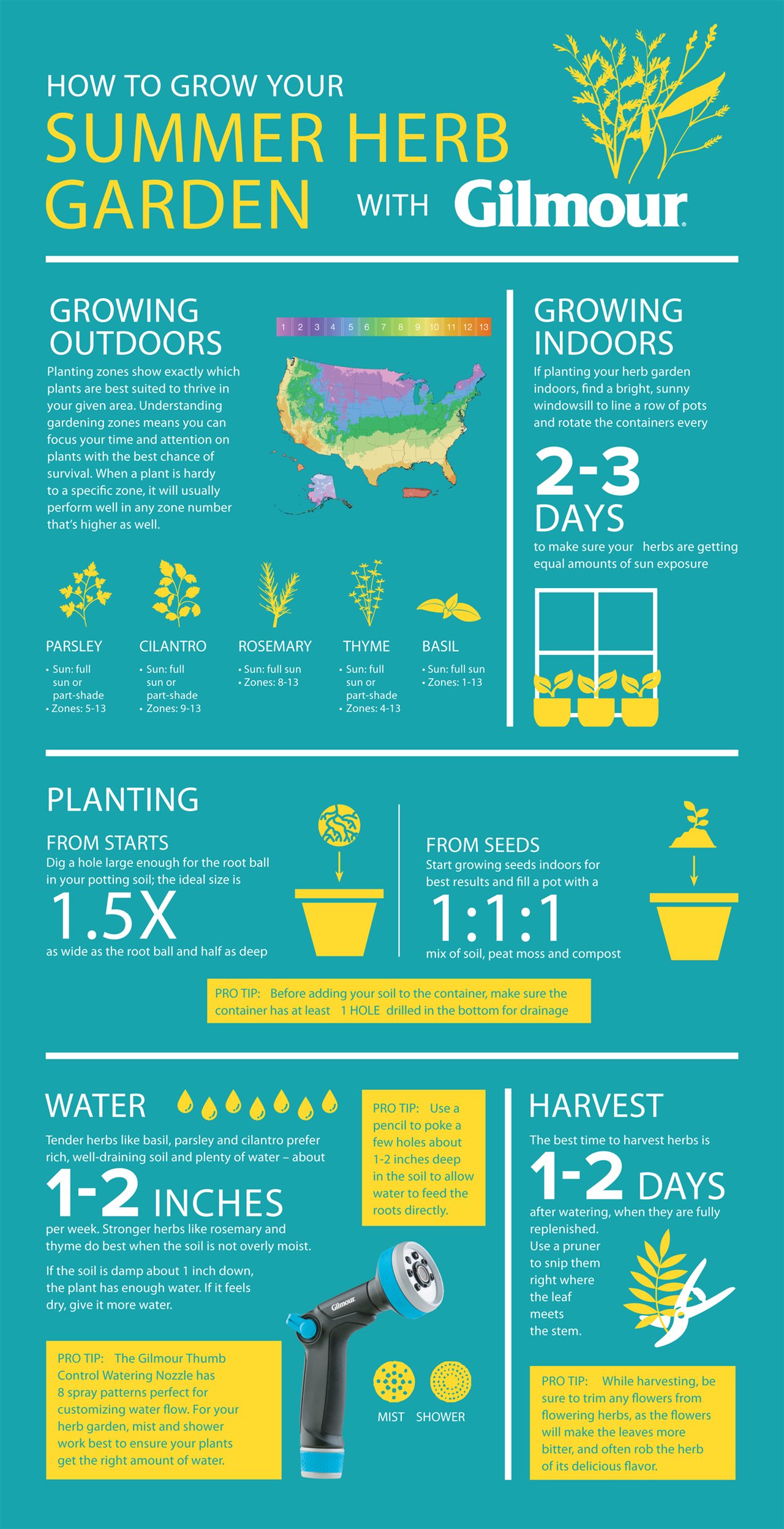2018-06-26T12:01:00
(BPT) – It’s summertime, and temperatures are on the rise. Whether relaxing at the pool, cheering for a favorite team or just hanging out with family and friends, keeping cool is at the top of the list. Nothing fancy needed — with a hat or cap to keep the sun away from the eyes, an umbrella for a bit of shade and a cold bunch of California grapes straight from the fridge or cooler, it is easy to take the sizzle out of hot summer days.
When it’s time to entertain, the grill can be a host’s best friend by making it a breeze to cook and relax outside at the same time. Grilled Flank Steak with Southwest Corn and Grape Salad is guaranteed to please the senses with its tasty flavors; beautiful color medley from red and green grapes, avocado and corn; and variety of pleasing textures.
Why serve ordinary side salads when extraordinary dishes like an Italian-inspired grilled bread salad offer a fresh twist? Panzanella Salad with Grapes and Radicchio pairs grilled Italian bread and onions with a refreshing combination of radicchio, cucumber and grapes. Tossed in a zesty dressing and garnished with crumbled goat cheese, this salad adds a touch of wow to any summertime menu.
Speaking of dressing up, remember that any color of grapes from California — red, green or black — make the perfect edible centerpiece. For a cool dessert, try freezing grapes for the perfect way to end a hot summer day.
For more recipes visit GrapesfromCalifornia.com.
Grilled Flank Steak with Southwest Corn and Grape Salad
Prep/marinade time: 25 minutes. Cook time: 15 minutes
Yield: Serves 4
Ingredients
1 1/4 pounds trimmed flank steak
1/2 teaspoon kosher salt (divided)
1/2 teaspoon ground cumin
1/2 teaspoon ground coriander
Freshly ground pepper to taste
3/4 cup corn kernels, either freshly cut off the cob or thawed, frozen corn kernels
1/2 avocado, diced
3/4 cup red California grapes, halved
1/2 cup green California grapes, halved
1 tablespoon chopped shallot
2 teaspoons extra-virgin olive oil
2 tablespoons lime juice
1/2 teaspoon lime zest
2 tablespoons chopped cilantro (optional)
Directions
Pat the steak dry. In a small bowl, combine 1/4 teaspoon salt, the cumin, coriander and freshly ground pepper. Rub the mixture onto both sides of the steak; let stand for 15 minutes. Place the steak on a medium-high grill and cook it for 5 minutes on one side without moving it. Flip the steak and cook for another 4-5 minutes for medium-rare, or until desired doneness is achieved. Transfer the steak to a cutting board, cover loosely with aluminum foil and let rest for 5 minutes before slicing.
While the steak is resting, combine the corn, avocado, grapes, shallot, olive oil, lime juice, lime zest, the remaining 1/4 teaspoon salt, and pepper to taste; mix gently. Cut the steak diagonally across the grain into 1/4-inch thick slices. Arrange the steak slices on a serving platter or among four plates and top with corn and grape salad. Garnish with cilantro.
Nutritional analysis per serving: Calories 390; Protein 41 g; Carbohydrate 17 g; Fat 18 g (42% Calories from Fat); Saturated Fat 6 g (13% Calories from Saturated Fat); Cholesterol 110 mg; Sodium 160 mg; Fiber 3 g.
Panzanella Salad with Grapes and Radicchio
Prep time: 10 minutes. Cook time: 10 minutes
Yield: Makes 6 servings
Ingredients
Dressing
2 tablespoons olive oil
2 tablespoons white balsamic vinegar
1 tablespoon orange juice
1 teaspoon orange zest
1 teaspoon honey
1/2 teaspoon Dijon-style mustard
2 teaspoons chopped fresh tarragon
2 tablespoons chopped fresh parsley
1/4 teaspoon kosher salt
1/4 teaspoon pepper
3 (1-inch thick) slices whole grain rustic bread
3 (1-inch thick) slices of red onion
2 tablespoons extra-virgin olive oil
1/4 teaspoon kosher salt
1/4 teaspoon freshly ground pepper
3/4 cup red California grapes
3/4 cup green California grapes
1 cup roughly chopped radicchio
1 cup large-dice English cucumber
1/4 cup chopped pistachios
2 ounces goat cheese, crumbled
Directions
In a small bowl, combine the olive oil, vinegar, juice, zest, honey, mustard, tarragon, parsley, salt and pepper. Set aside.
Heat grill or grill pan to medium high. Using a brush, lightly coat the bread and onion slices with olive oil. Season with salt and pepper. Place the onion slices on the grill. Cover and cook until charred, about 4 minutes, then flip and cook, covered, for another 2-3 minutes. Set aside. Grill the bread for 3 minutes or until toasted. Flip and grill another minute. Set aside. Roughly chop the grilled onions and the bread into 1” square pieces.
In a large bowl, combine the onions, bread, grapes, radicchio, cucumber and pistachios. Add the salad dressing and gently toss to combine. Divide the salad into 6 equal servings and top each with goat cheese.
Nutrition information per serving: Calories 283; Protein 7g; Carbohydrate 33g; Fat 15g (48% Calories from Fat); Saturated Fat 3.5 g (11% Calories from Saturated Fat); Cholesterol 8 mg; Sodium 387 mg; Fiber 3 g.













